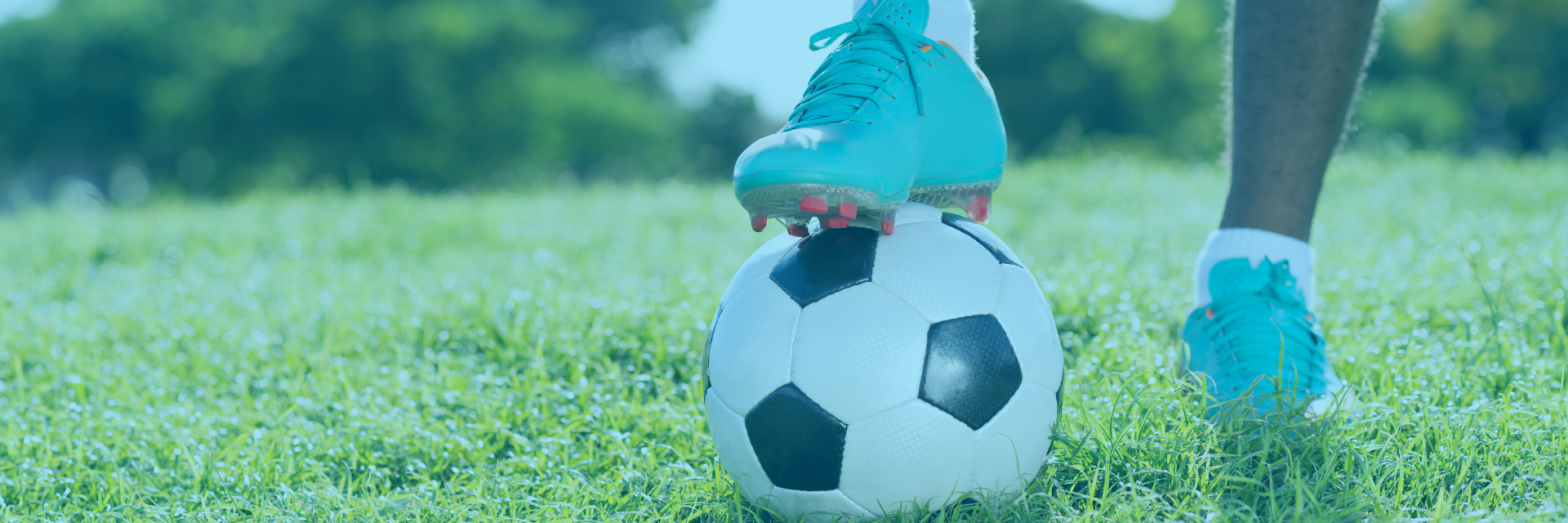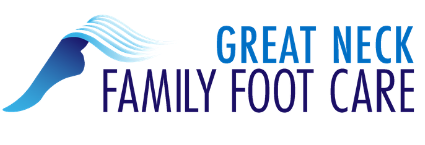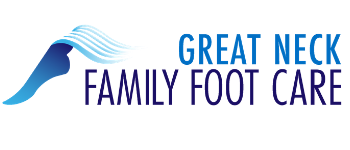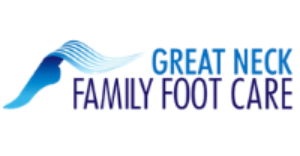If you’ve ever watched professional football before, you’ve most likely heard about the injury known as turf toe. But is this a problem that only star athletes can face? The answer to this question is no. Here at Great Neck Family Foot Care, we know that anyone can suffer from this type of injury. That is why our podiatrist in Bayside, NY, is well versed in providing treatment for it.

Turf Toe
Turf toe is a term commonly used to describe a sprain that takes place in the ligaments around your big toe. It is typically associated with football players who compete on artificial turf, where the injury gets its name. However, they are not the only ones who can suffer from this. Any instance that involves jamming the big toe or repeatedly pushing off it can lead to turf toe development. According to our podiatrist in Bayside, NY, the symptoms you should watch for include:
- Pain in the front of your foot.
- The big toe is tender to the touch.
- Bruising around the big toe.
- Limited range of motion.
- Easily dislocated joint.
- Inability to bear weight on your big toe.
Preventing Turf Toe
Athletes who suffer from turf will need to spend weeks recovering from their injury. Any time spent away from your sport is difficult to deal with, and our podiatrist in Bayside, NY, does not want to see that happen. That is why we’d like to present some of the most effective prevention methods for you. These methods can include:
- Wear shoes with proper foot support.
- Use custom shoe inserts created by our team.
- Stay at a healthy weight to avoid added pressure placed on the toes.
- Perform sports exercise to optimize your gait and running capabilities.
Treatment Options
When visiting our podiatrist in Bayside, NY, we can administer several treatment options to help with turf toe. We’ll first perform a full evaluation of your condition to determine the severity of the sprain. Following this, any of the following will be used to nurse your toe back to full strength:
- R.I.C.E method (rest, ice, elevation, compression).
- Over-the-counter anti-inflammatory.
- Prescription-strength anti-inflammatory and pain medication.
- Utilization of walking devices such as crutches to keep weight off of the foot.
- Having patients wear walking boots to keep pressure off of the toe and keep it immobilized.
- In extreme cases, surgery.
Contact Our Podiatrist In Bayside, NY Today!
If you’re dealing with turf toe, and want to receive treatment from the best podiatrist in Bayside, NY, contact us at Great Neck Family Foot Care today.



